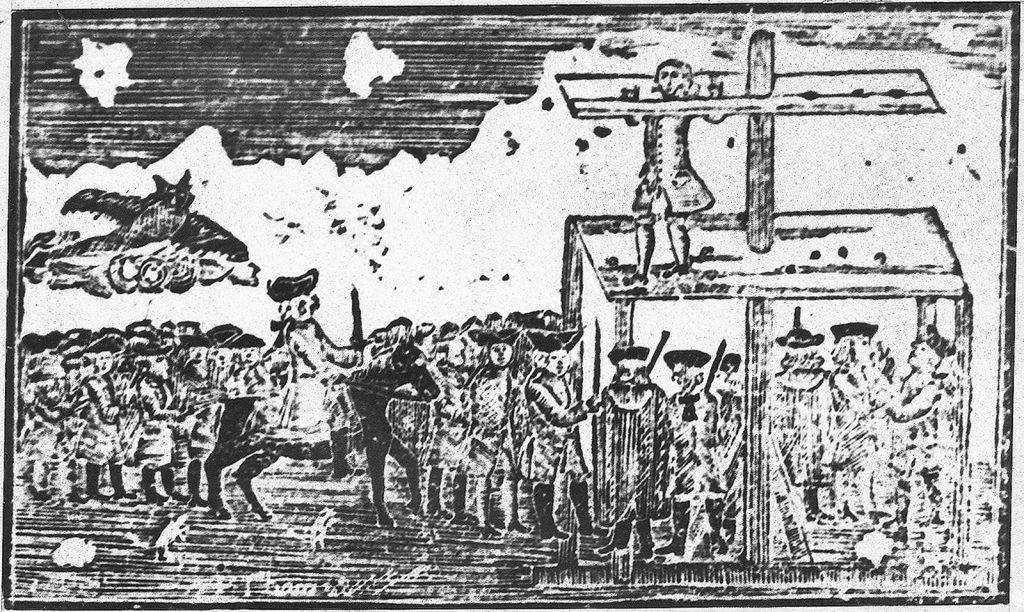Rehabilitation Definition According to Black’s Law Dictionary
Punishment is any fine, penalty detention imposed upon an individual by authority of law and the judgment or sentence of a court for some criminal offense perpetrated or for any violation of an obligation enjoined by statute. As a way of averting the commission of a crime in society, penologists have devised different punishment theories, all of which converge at the point that crime is evil and should be punished. As per most scholars and penologists, rehabilitation is one of the best theories of punishment. What then is rehabilitation? As the most acceptable definition of the term, Black’s law dictionary has defined it as, “restoration of an individual to its greatest potential, whether physically, mentally, socially or vocationally.”
Rehabilitation is the process of aiding an individual to reintegrate into society or to restore someone to a previous status or rank. Rehabilitation as a hypothesis for punishment states that the object of punishment is to bring about a change in the offender’s perspective to reform him as a lawful member of society (Allen, 1981). The fact of commission of a crime does not change the human nature of the offender, which they should be treated with. The situations in which he committed the offence are unlikely to repeat themselves. Crime is a psychiatric disorder brought about by a number of antisocial causes. As a result, rather than punishing offenders, mental rehabilitation will suffice. Convicts who have been taught and disciplined would be capable of behaving responsibly in the community.
Recidivism is a concept that has been used to describe re-offending activity habits and a pro-criminal mentality.( Schoeman,2010). When offenders have been released back to society, they face conundrums such as stigmatization and social rejection as they try to reintegrate themselves back to society. In some cases, the reintegration back to society fails, and due to some of the pushing needs, such as the need to get basic needs, they may opt back into crime. The method of punishment used should be able to enable them to avoid such challenges. Among the theories of punishment proposed by criminologists, rehabilitation is the only theory that fills the lacuna existing in other punishments that may lead to the criminals conducting the crimes again.
Through rehabilitation, the criminal justice system is crafted to ensure that the punishment serves the purpose of rehabilitation. During his time in jail, the convict must be enlightened and taught some craft, or business so that when he is released, he will live a good life and become a responsible and law abiding citizen. It will be very beneficial to the criminals in that even after serving their jail terms, and they can earn a decent living, which would make them not indulge in crime again. Rehabilitation involves creating a healthy and pleasant environment for the offender to become a valuable member of society. Reduced criminal recidivism is the ultimate indicator of a successful rehabilitation program.
The common assumption among most opposer of the theory as a remedy is the notion that the criminal justice system should not spend resources on reforming people who have committed crimes against society (Ward, 2010). This notion is debunked by the crime causation theory and the fact that most offenders commit crimes due to the strain they face. Such as poverty.
The critics of the theory posit whether the punishment would serve its purpose in its retributive nature. If the correctional facilities that should enforce the court decisions serve as a ‘school.’ punishment should not mean that the offender has to suffer for the atrocities, they did to serve its purpose. The denial of some fundamental rights and freedoms, while in this center’s, also serves the purpose of punishment. This notion should be quashed by focusing on the results; the offenders are converted to obedient society members.
The punishment of criminals should serve a purpose. When a man is hanged he is useless.







